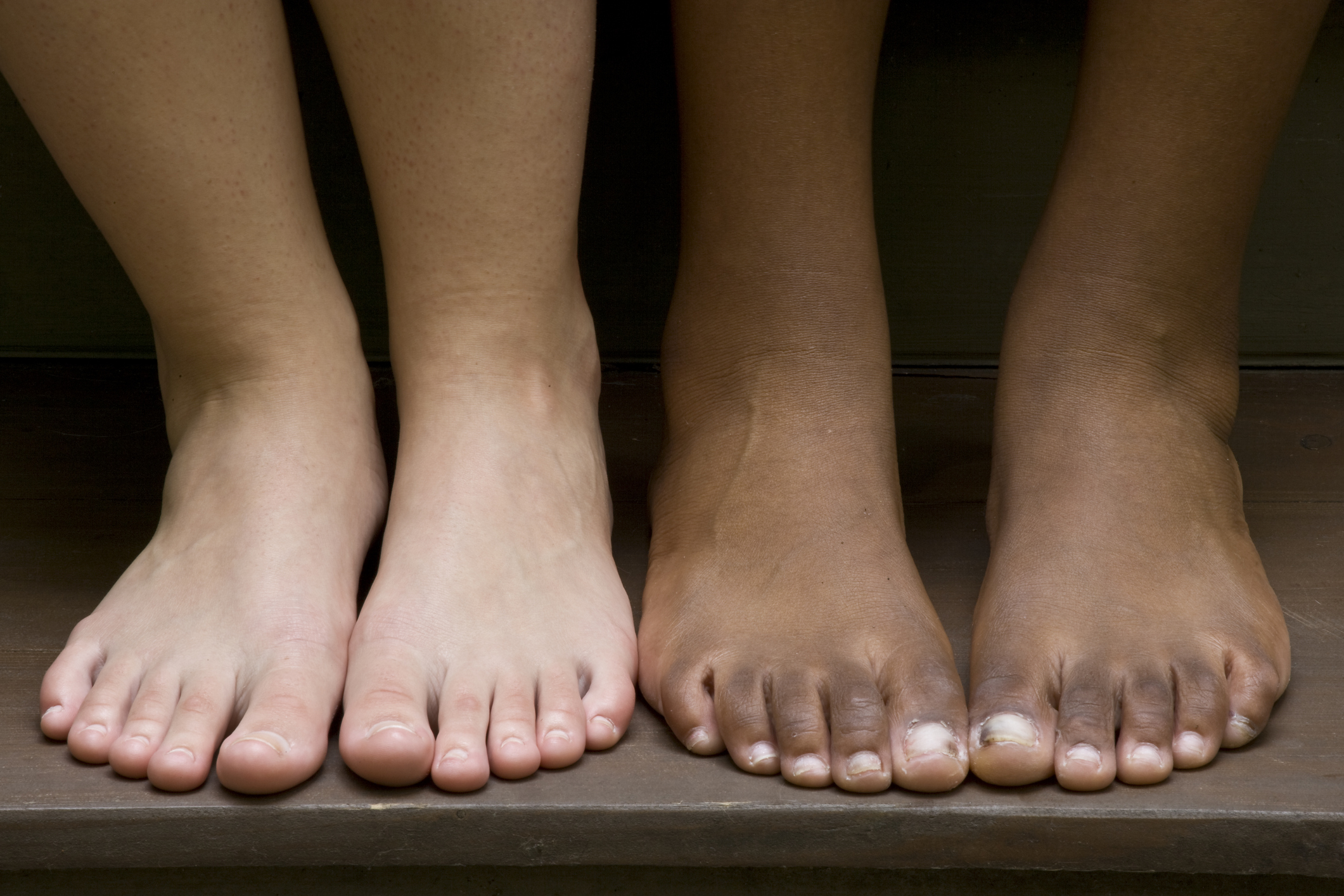
Many of them had symptoms similar to COVID-19 several weeks before their toe lesions appeared. “COVID toes” appeared as red or purple lesions that were tender, itchy or both.
“Patients with ‘COVID toes’ seem to be healthy when it presents and we wonder if they could be in the process of mounting an antibody response to the virus with secondary inflammation,” Gehris told the Pittsburgh Post-Gazette.
While COVID toes and rashes have been associated with the coronavirus more than other viral infections, Pulmonologist Dr. Humberto Choi explains that these symptoms haven’t been widespread so far.
“These symptoms seem to be more common in COVID-19 compared with all other viral infections,” says Dr. Choi. “But at this time, they haven’t affected a majority of people. So, the symptoms that people should be looking for are really a fever, cough, and muscle aches that you can get when you have a viral infection.
COVID Headache: Everything you Need to Know
Those are the most common symptoms — and those are the things that people should be keeping on their radar.”
Not so common symptoms include some that may mimic rheumatoid arthritis in the feet. Some complain of pain or stiffness in the toe joints or in the ligaments throughout the foot. Other symptoms include persistent aching or soreness in the feet and abnormal warmth in one or more areas of the foot.
While the toes may of interest to some when it comes to COVID, others are focusing on their breasts. Specifically, some people who have been vaccinated complain of “breast cancer” like symptoms.
Like all vaccines, the COVID-19 vaccines can cause swelling of the lymph nodes, which shows that your body is mounting an immune response. Swollen lymph nodes, however, can also be a symptom of breast cancer.








